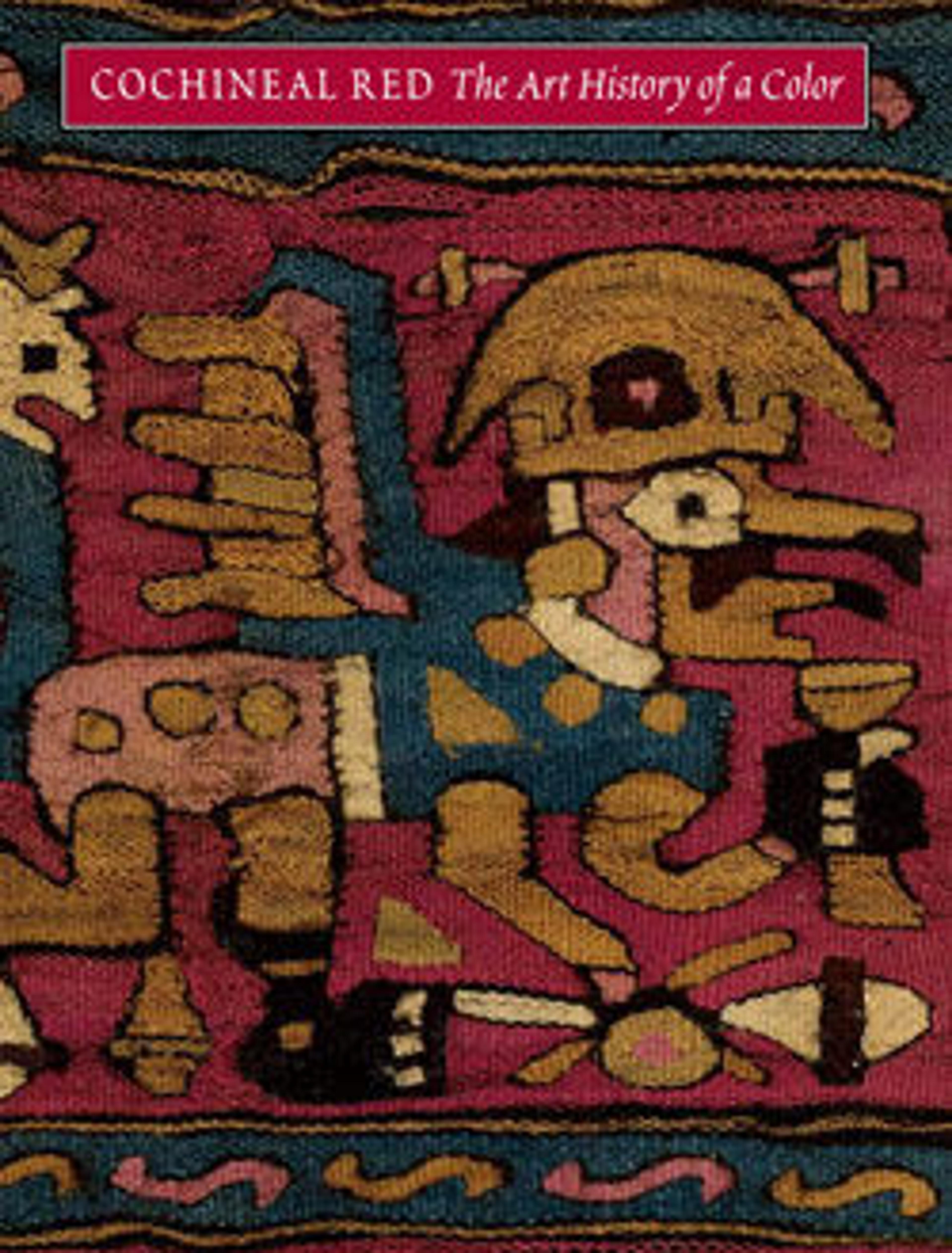Shirt
Throughout Peruvian prehistory, the tunic was the most elaborate garment worn by men. In addition to being important items of dress, tunics are significant for their technical variety and their great wealth of complex patterning.
This example is strikingly bold in color. The main pattern, worked in red, represents interconnected, geometricized animals, whose serrated backs form strong diagonals across the body of the shirt. A border at the lower edge of the tunic (and originally at the sleeve ends as well), repeats a much smaller profile figure at regular intervals. Its long upraised tail has monkey references, but its long snout suggests that it is a composite animal. Such change of scale and the stylization of imagery from the center to the borders was common to textiles associated with the Huarmey Valley at this time. This variety was stimulated by external political and artistic forces as new influences moved into the area.
This example is strikingly bold in color. The main pattern, worked in red, represents interconnected, geometricized animals, whose serrated backs form strong diagonals across the body of the shirt. A border at the lower edge of the tunic (and originally at the sleeve ends as well), repeats a much smaller profile figure at regular intervals. Its long upraised tail has monkey references, but its long snout suggests that it is a composite animal. Such change of scale and the stylization of imagery from the center to the borders was common to textiles associated with the Huarmey Valley at this time. This variety was stimulated by external political and artistic forces as new influences moved into the area.
Artwork Details
- Title: Shirt
- Artist: Moche artist(s)
- Date: 500–850 CE
- Geography: Peru, Huarmey Valley(?)
- Culture: Moche
- Medium: Camelid hair, cotton
- Dimensions: H. 34 1/4 x W. 58 in. (87 x 147.3 cm)
- Classification: Textiles-Woven
- Credit Line: Bequest of Jane Costello Goldberg, from the Collection of Arnold I. Goldberg, 1986
- Object Number: 1987.394.706
- Curatorial Department: The Michael C. Rockefeller Wing
More Artwork
Research Resources
The Met provides unparalleled resources for research and welcomes an international community of students and scholars. The Met's Open Access API is where creators and researchers can connect to the The Met collection. Open Access data and public domain images are available for unrestricted commercial and noncommercial use without permission or fee.
To request images under copyright and other restrictions, please use this Image Request form.
Feedback
We continue to research and examine historical and cultural context for objects in The Met collection. If you have comments or questions about this object record, please contact us using the form below. The Museum looks forward to receiving your comments.
